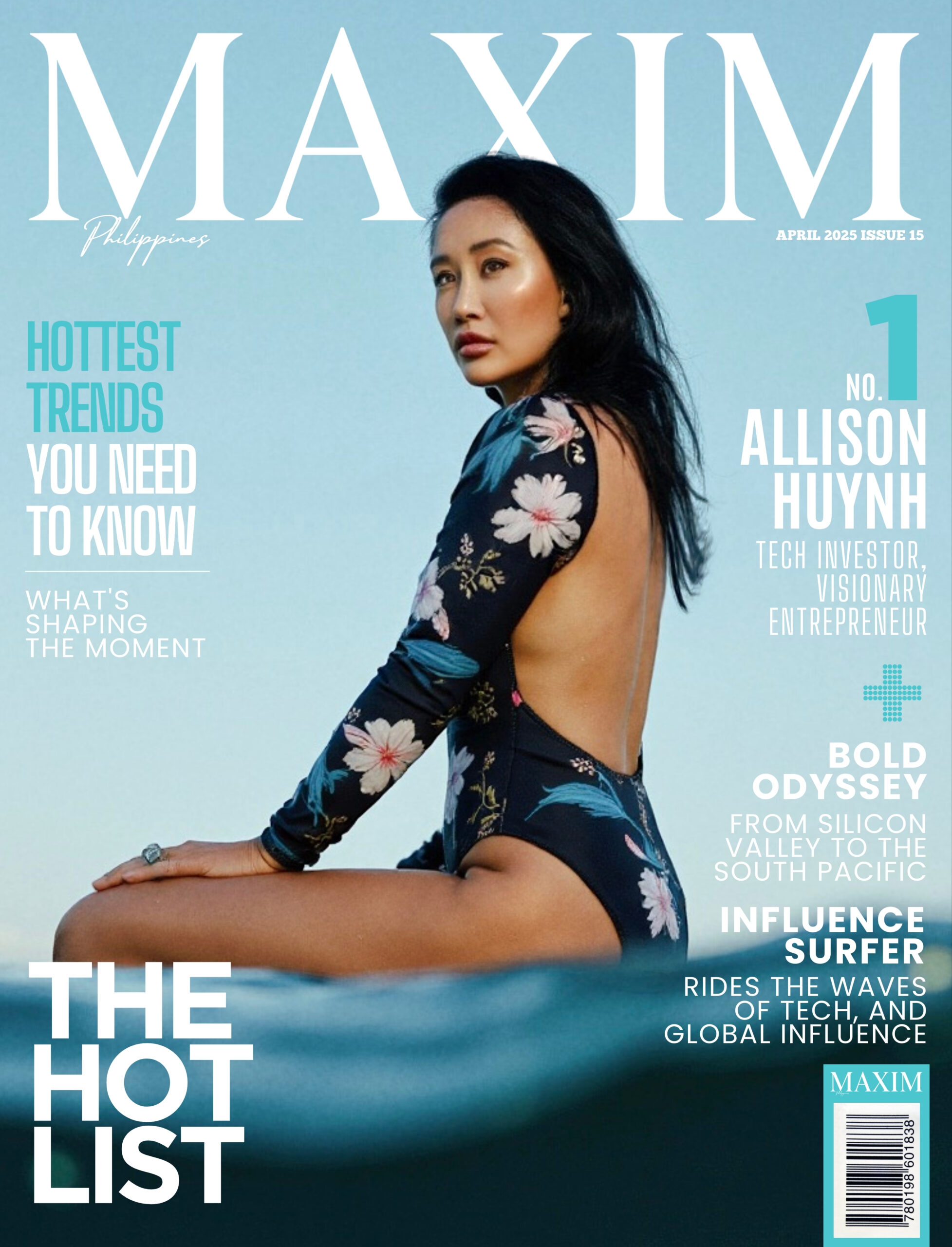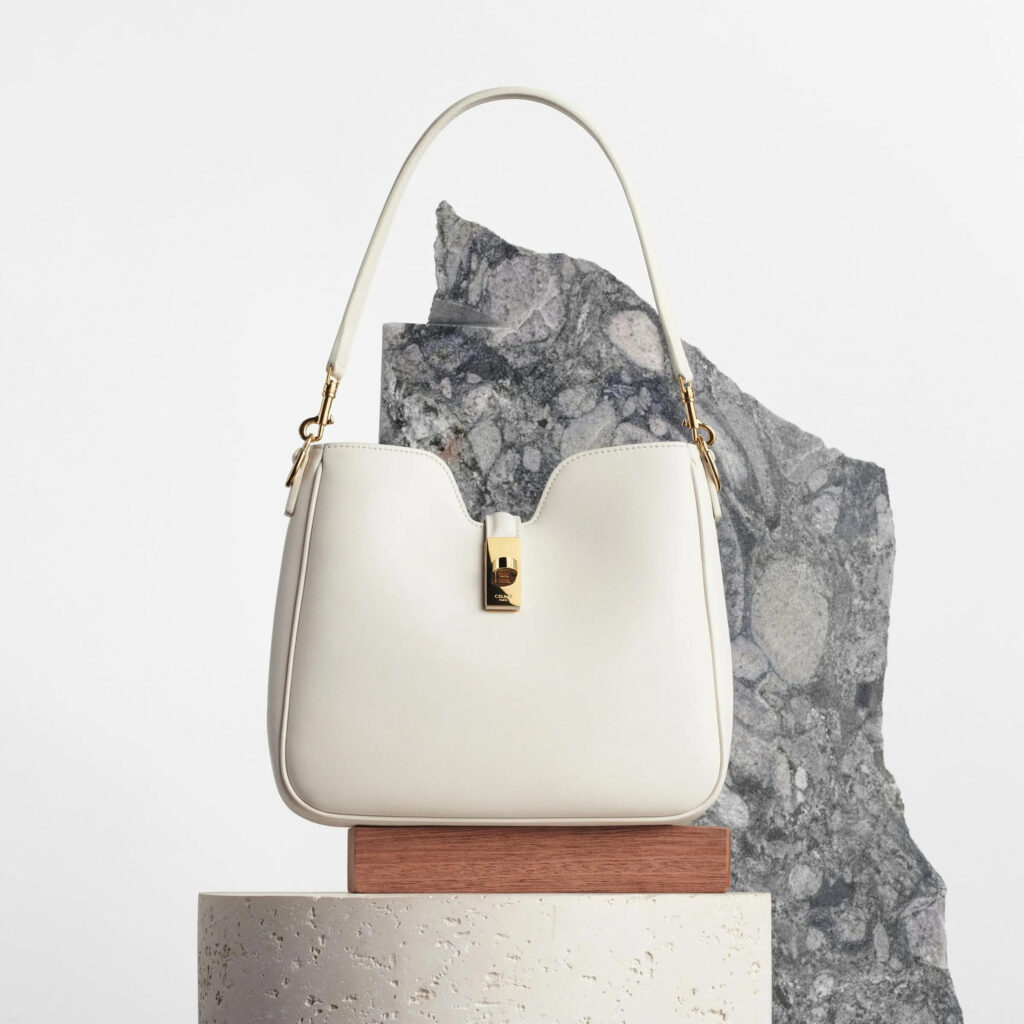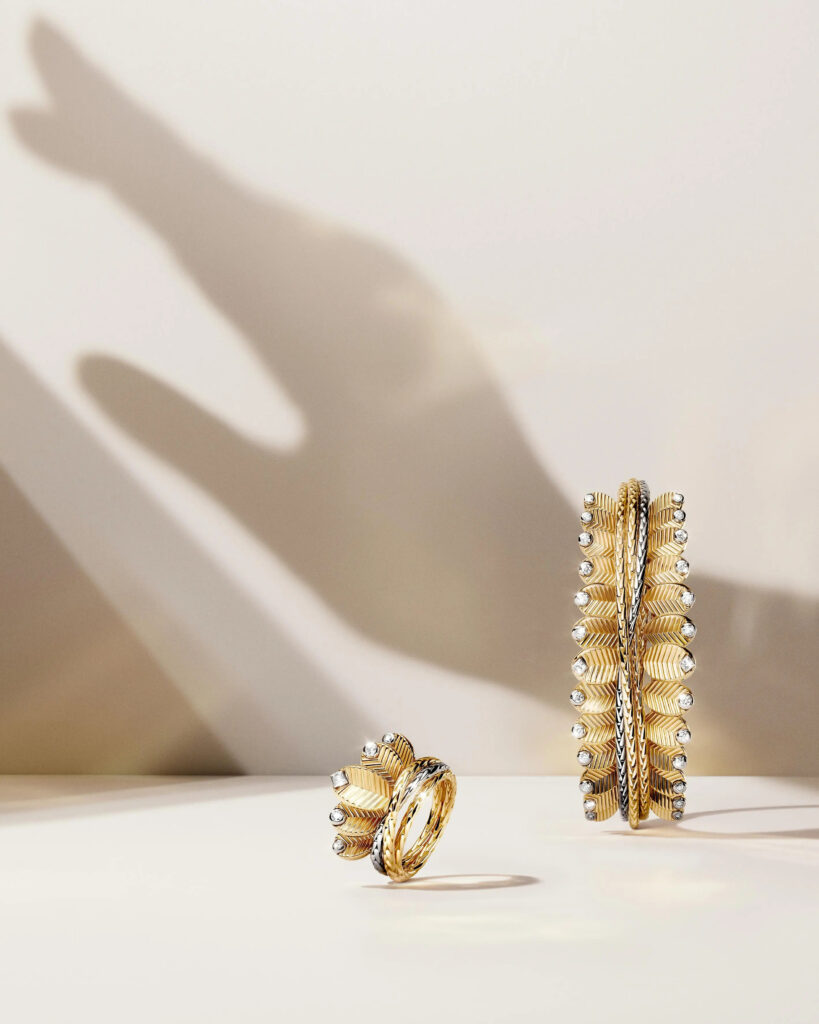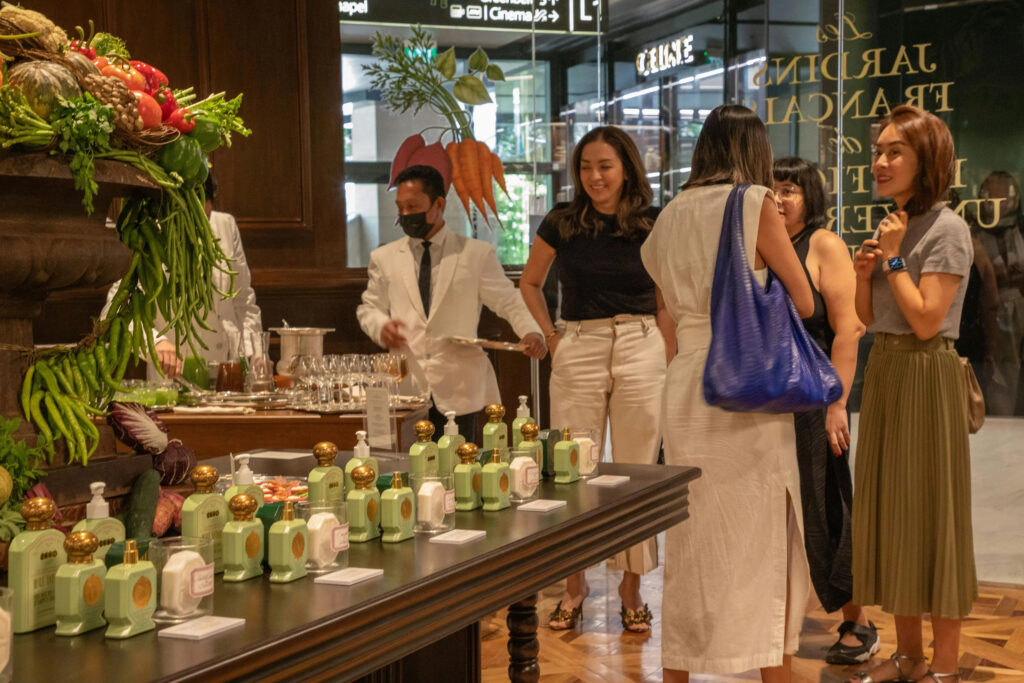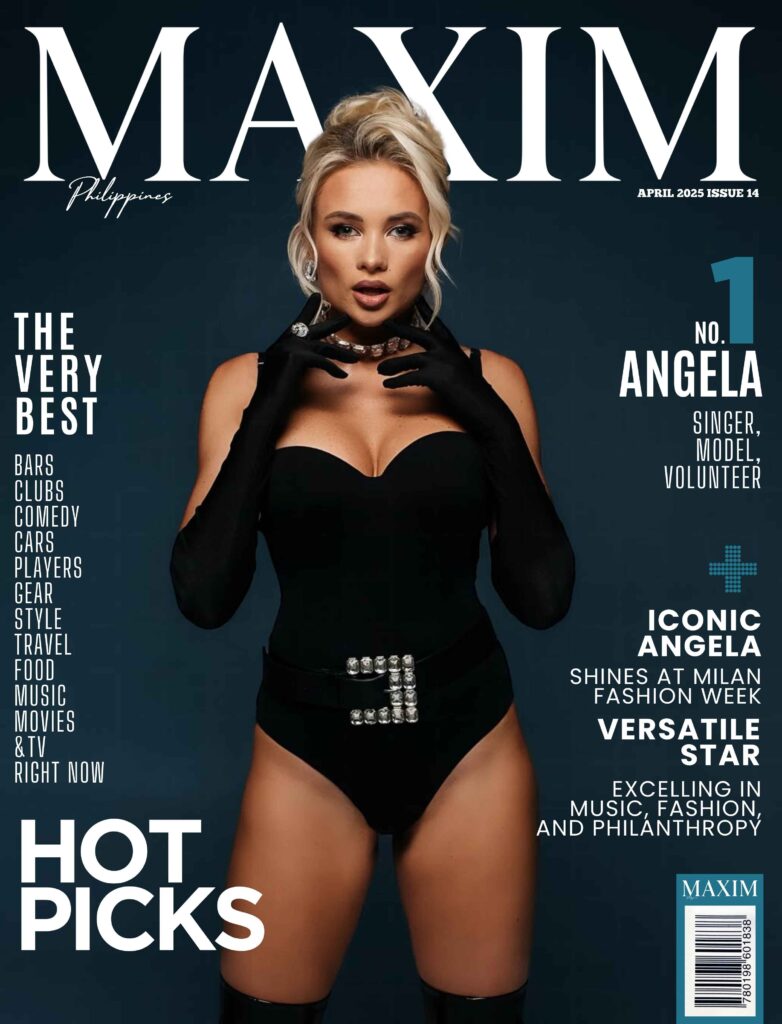Your investment portfolio is incredibly diverse — from tech startups to wine and hospitality. What are the key factors you look for when deciding to invest in a company or project?
My investment portfolio indeed reflects a broad range of interests, spanning tech startups, wine, and hospitality.
First, I prioritize innovation and technological potential. My early career involved co-founding Willow Garage, a robotics and AI systems company that was later sold to Google. That background gave me a strong inclination toward cutting-edge technology with scalable applications. I look for companies that push boundaries, especially in AI, robotics, and other transformative sectors. My involvement in securing a $64 billion investment from VietJet to acquire advanced aviation technology with U.S. firms like Boeing and Raytheon underscores my focus on projects that leverage innovation to drive economic impact.
Second, market opportunity and economic value play a major role. The VietJet deal, announced in early 2025, was designed to create thousands of U.S. jobs and reduce the U.S.-Vietnam trade deficit by $20–30 billion over two years. I evaluate investments not just for immediate returns but for their broader influence and ability to address macroeconomic challenges. In tech, I look for ventures with clear paths to market leadership or disruption. In wine and hospitality—like my upcoming Carpe Noctum wine brand—I target niches with growing consumer demand and cultural resonance.
Third, my personal values shape my choices. My shift from being a Democratic fundraiser to supporting Trump reflects my focus on projects that align with my current worldview—ones that prioritize U.S. interests and demonstrate a pragmatic, results-driven ethos.
Finally, execution matters. I admire entrepreneurs who deliver—not just talk. I’ve praised Trump and Elon Musk for their decisive leadership and ability to act quickly. My own experience navigating a billion-dollar divorce while building businesses reflects my appreciation for follow-through. Whether it’s a tech company scaling or a hospitality venture perfecting the customer experience, I look for teams with proven ability to execute.
In short, I base my investments on innovation, market potential, values alignment, and team strength. My portfolio is a blend of passion-driven bets—like wine—and calculated plays—like aviation tech—anchored in a sharp eye for opportunity and returns.
Tell us more about your involvement in the winery space. What inspired the idea of launching a skinny wine brand, and what vision do you have for it?
My interest in wine blends personal passion and market insight—especially as a health-conscious mother of three. I saw a gap in the market for people who want to enjoy wine without compromising wellness.
The idea of a “skinny wine” came from watching the demand grow for low-calorie, low-sugar, clean alcoholic beverages. Traditional wines can be high in sugar and calories, which doesn’t always align with an active lifestyle or with parents who want balance. Brands like FitVine and Skinnygirl proved there’s a niche for guilt-free indulgence. As a mom, I wanted to create something I’d actually drink—light, enjoyable, and health-conscious.
The vision includes transparency (clear nutritional labeling), quality (organic or sustainable grapes), and accessibility (fitting into busy, health-focused lives). I plan to marry this with tech-savvy marketing—leveraging my Silicon Valley roots—to reach millennials, parents, and wellness enthusiasts. My goal is to make wine not just about tradition, but about lifestyle—fun, clean, and responsible.
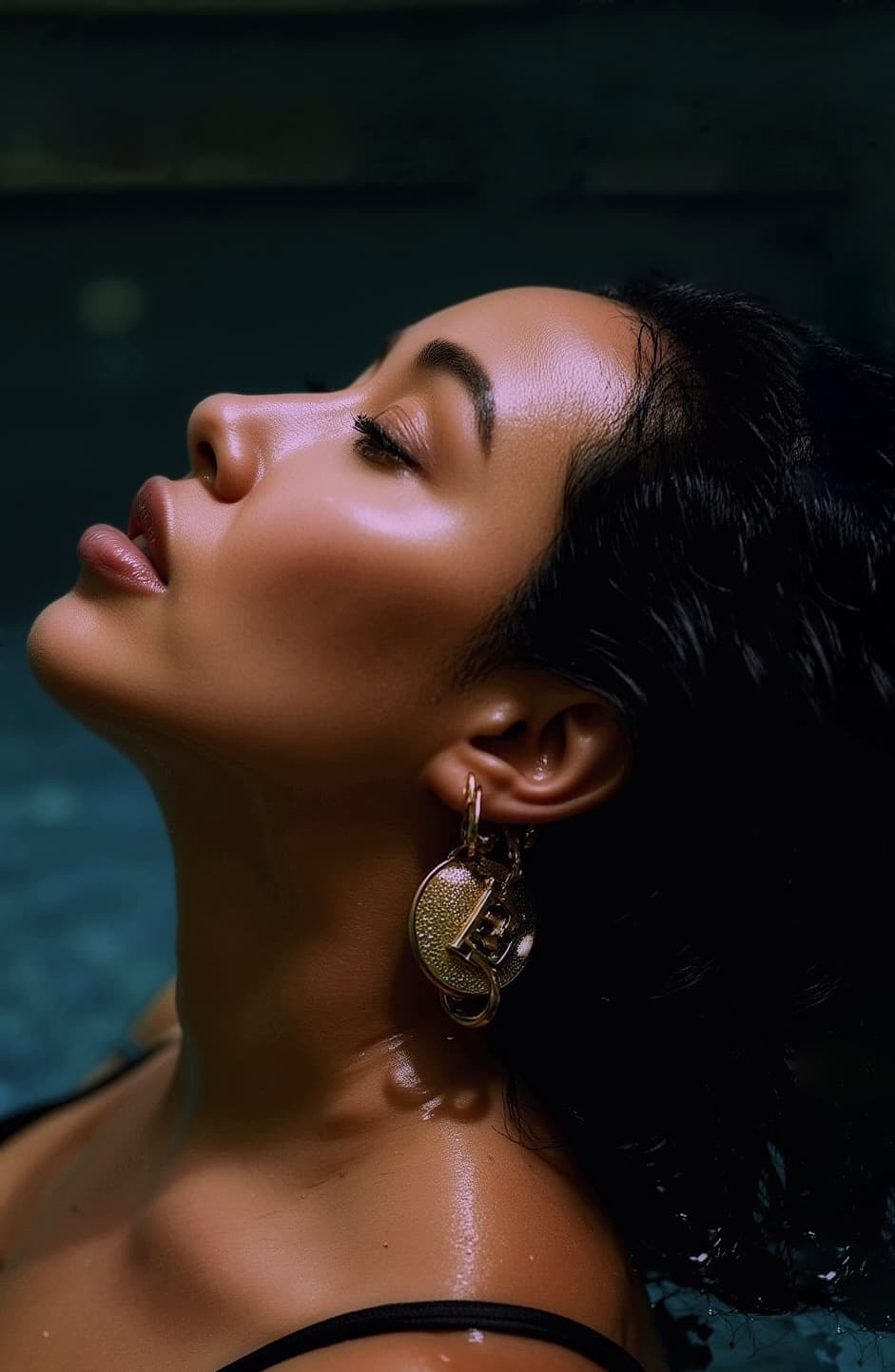
You’re also mentoring young entrepreneurs—what’s your advice for founders trying to break through in today’s market?
First, solve a problem you deeply understand. As a stay-at-home mom, I built MyDream Interactive because I saw a need for nonviolent, educational games. It was eventually crushed by Minecraft, but I filed four valuable patent portfolios. Passion keeps you going when things get tough. Don’t chase hot trends—build what you’re uniquely wired to solve.
Second, use constraints as fuel. I came to the U.S. as a Vietnamese refugee with limited resources, but that pushed me to innovate. I went to Stanford and built a career in tech. Founders may lack capital or connections, but that can spark creativity. Bootstrap where you can, build a minimum viable product fast. The market rewards results, not excuses.
Third, network smartly. My investments in Reddit and Plaid didn’t happen by chance. Success comes from building trust, not just collecting business cards. Offer value, don’t just pitch. I’ve brought mentees to Mar-a-Lago where they had 10–15 minute conversations with POTUS—something many donors never get even after spending millions.
Fourth, don’t wait for perfection. I’m on the board of Humata.ai, which launched in beta and still gained 5 million users in a competitive space. Ship early, get feedback, and iterate.
Finally, think about impact. Today’s consumers want purpose. My journey—from Obama fundraiser to Trump supporter—reflects a shift toward practical outcomes. Ask yourself: How does your startup improve lives, not just profits?
Surfing seems to be more than just a hobby for you—it’s a lifestyle. What drew you to the ocean, and when did your love for surfing begin?
I’ve always been a nature lover. The ocean is raw, powerful, and unpredictable. Surfing blends freedom, adrenaline, and spiritual connection. It’s also incredibly pure—no cost, no flash. Just your board, your body, and the waves.
Which destinations around the world have offered you the best waves and the best memories?
Here are some of my favorite surf spots:
• Costa Rica: Nosara/Guiones is perfect for beginners with consistent waves and a peaceful vibe. I’m building my surf resort here. Witch’s Rock is mystical—it only lets you surf if you’re in the right mindset. I was the only one surfing among 20 men. Windy, filled with dolphins and stingrays, the waves literally choose you.
• Vietnam: Mui Ne and Da Nang have great waves. Mui Ne is perfect for kitesurfing and consistent surf; Da Nang’s My Khe Beach is beginner-friendly. Plus, the breaks are uncrowded and the culture is vibrant.
• Bali: Kuta is touristy and inconsistent, but $1 gets you a boat to a reef break beyond. Uluwatu is for pros—you have to crawl through a cave and time it with the tide. Padang Padang has amazing barrels, but I prefer the mellow left break.
• Philippines: Siargao’s Cloud 9 is legendary. Palm-fringed beaches, clear water, and uncrowded breaks. Other spots like La Union and Catanduanes are also fantastic.
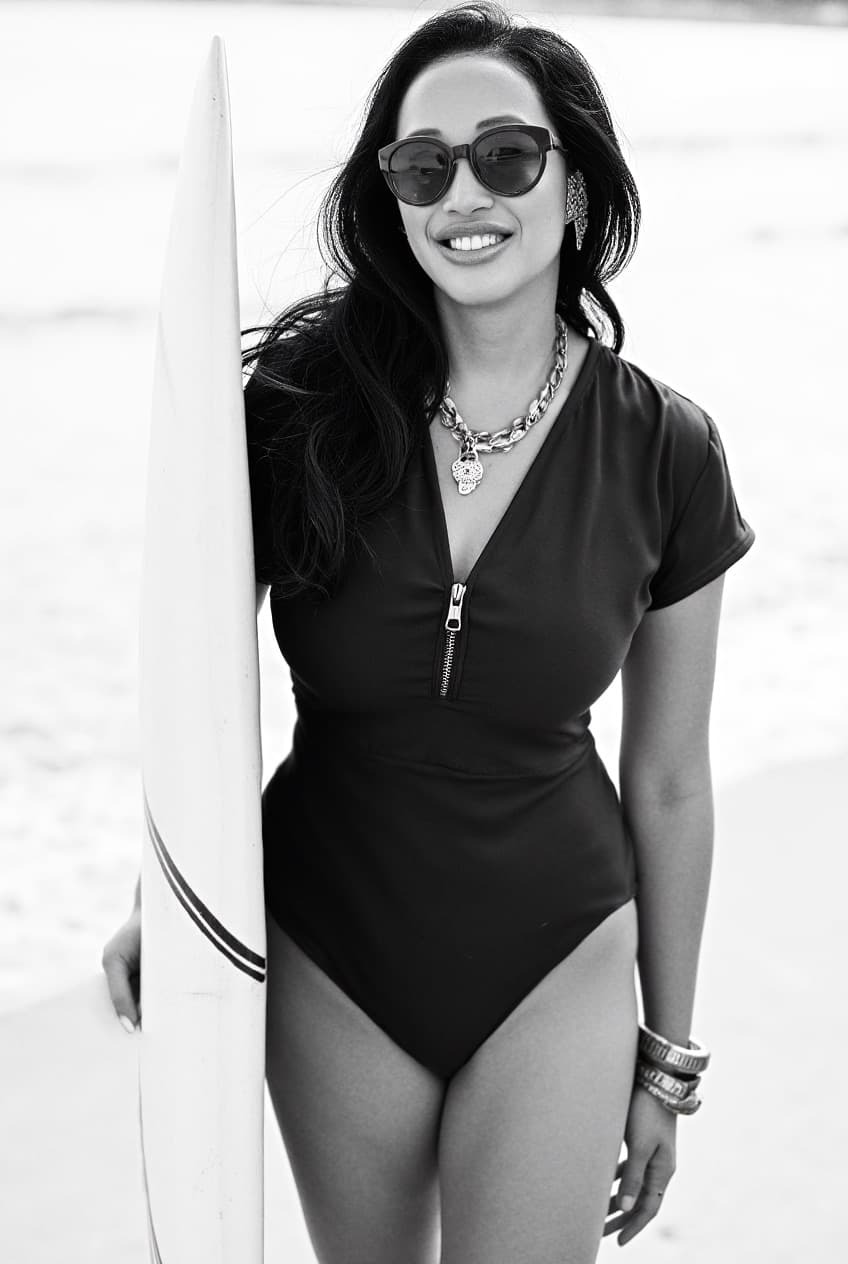
Your personal style exudes both elegance and bold femininity. How would you describe your fashion philosophy?
It’s a balance between timeless grace and fearless expression. I love clean lines, quality fabrics, and flattering silhouettes—but I add unexpected twists. A bright color, a daring cut, or a bold accessory. I don’t follow trends; I wear what feels powerful and fun.
Sometimes that means throwing a leather jacket over lace, or wearing a yoga onesie under a sheer sequin dress. It’s about confidence, not conformity.
What are three items in your closet that feel most like you?
-
Oversized Linen Beach Shirt – White, breezy, relaxed. It goes from surf to sunset with ease and feels effortlessly confident.
-
Vibrant Sarong-Style Skirt – A wrap skirt with tropical patterns that sways like the ocean. It’s elegant, bold, and full of memories from surf trips.
-
Chunky Seashell Necklace – A fearless, statement piece that ties me back to the sea, even in a city.
Your art collection is truly inspiring. What kind of art are you most drawn to, and how did your passion begin?
I’m drawn to modern and contemporary art—especially works that push boundaries. Bold abstracts, vibrant pop art, and conceptual pieces that challenge the status quo speak to me. I love artists like Yayoi Kusama; I own one of her original black and yellow polka dot paintings. I also own the Obama Hope painting that inspired the iconic posters plastered in dorm rooms across America.
My passion for art came through repeated, memorable encounters. One of the first sparks was when my 2-year-old daughter pointed to a Kusama exhibit in NYC—it ignited something. A surf trip to Oahu revealed ocean-inspired art that reflected my spirit. Traveling to Vietnam with my then-husband led to buying coastal art for our first home. These moments grew into a full-on love affair with art that’s alive, daring, and deeply personal.
Where do you usually discover and buy new art—do you follow any specific galleries, artists, or curators?
I collect both emerging and established artists. For emerging talent, I love Austyn and Chloe Wong Ryoko—I own large-format works from both. For blue-chip artists, I collect Kusama, Susan Rothenberg, Vanessa Beecroft, Andy Warhol, Jonas Wood, Yoshitomo Nara, Ed Ruscha, and Raymond Pettibon (who’s also a surfer).
I also own an early Kehinde Wiley after meeting him at the Studio Museum in Harlem, where my Stanford roommate was exhibiting. I’ve worked with Jeffrey Deitch and many local curators to source rising artists. My collection reflects a bold, evolving narrative rooted in culture, nature, and identity.
You served as an advisor to the Trump campaign—a unique and powerful position. What was the most interesting or surprising part of that experience?
I serve as an informal advisor to the Republican party and the Trump campaign. I’ve appeared on Fox News, attended fundraisers at Mar-a-Lago, and even hosted events there and in D.C.
The most surprising part? The contrast between my former and current worlds. I came from a progressive, Obama-supporting Silicon Valley elite. Stepping into Trump’s orbit meant embracing a space that values loyalty, pragmatism, and results over polish and political theater.
I once hosted $50,000-a-plate Democratic fundraisers. Now, I support the “America First” agenda, and I’ve seen how tech policy, AI, and economic issues are discussed in more grounded terms. I’ve praised Trump’s directness and fast execution—especially his response to hurricanes and wildfires—compared to what I see as Biden’s passive leadership. The shift was jarring, but it taught me a lot.
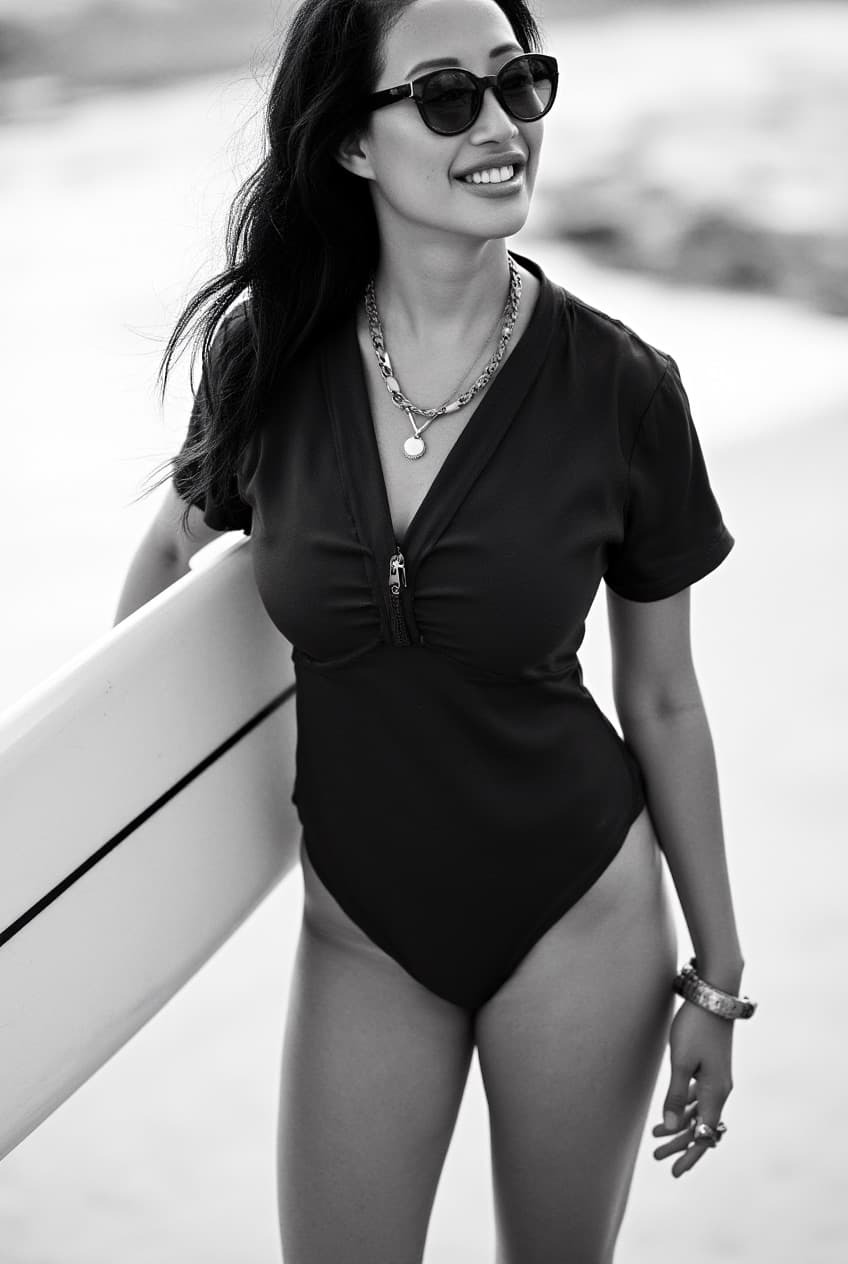
How did that chapter influence your views on leadership, influence, or media?
On leadership, I now value speed and decisiveness over speeches and slogans. Trump’s whirlwind actions in his first week back in office—visiting disaster zones and engaging directly—proved to me that action beats rhetoric. That’s a huge contrast from my earlier admiration for Obama’s hopeful messaging.
On influence, I’ve learned that it’s not just about elite circles. Trump’s ability to connect with everyday Americans taught me that power also lies in reaching frustrated, pragmatic people. I once raised millions in tech and politics—but now I see influence as more populist, less polished.
On media, I’ve shifted from trusting the “mainstream” to appreciating platforms that amplify unfiltered voices. Fox News, Truth Social, even TikTok—they offer direct, raw engagement. Trump’s style is entertaining, strategic, and highly effective. That changed how I view media—less about perfection, more about connection.
You’re a Cordon Bleu certified chef—that’s such an unexpected layer to your story! What inspired you to pursue that path, and what was the experience like?
Culinary school was a passion pivot for me. After years in tech—coding, startups, robotics—I needed a creative outlet. Le Cordon Bleu offered just that: structure, artistry, and precision. It appealed to the problem-solver in me.
Cooking isn’t so different from engineering—it requires focus, experimentation, and timing. French cuisine, in particular, reflects both discipline and beauty. It was a way to recharge, explore, and express myself outside the tech grind.
Do you have a signature dish or go-to menu when you’re hosting friends at home?
Absolutely—beef bourguignon is my go-to. It’s comforting, rich, and layered—like a warm hug after a surf session. It starts with marinated beef in red wine, seared in bacon fat, then slow-braised with carrots, onions, herbs, and finished with mushrooms and pearl onions. It’s both hands-on and forgiving, perfect for entertaining.
Naturally, it pairs beautifully with Burgundy—Julia Child would approve! I usually serve it with my own wine: a Sonoma Coast Pinot Noir from my Carpe Noctum label.
Has your culinary training influenced how you travel, entertain, or even invest?
Absolutely.
When I travel, food leads the way. In Vietnam, I surf in Da Nang and then eat pho on the street. In California, I wander Sonoma Coast, sip Pinot Noir, and make boeuf bourguignon on my ranch.
When I entertain, it’s a fusion experience—Vietnamese spring rolls with nuoc cham alongside French coq au vin, paired with Burgundy or California wine. My art collection becomes the backdrop. It’s elegance meets personal storytelling.
Even in investing, my culinary eye seeks authenticity and balance. I don’t invest in just any food or wine brand—it has to have cultural depth, a story, and strong execution.
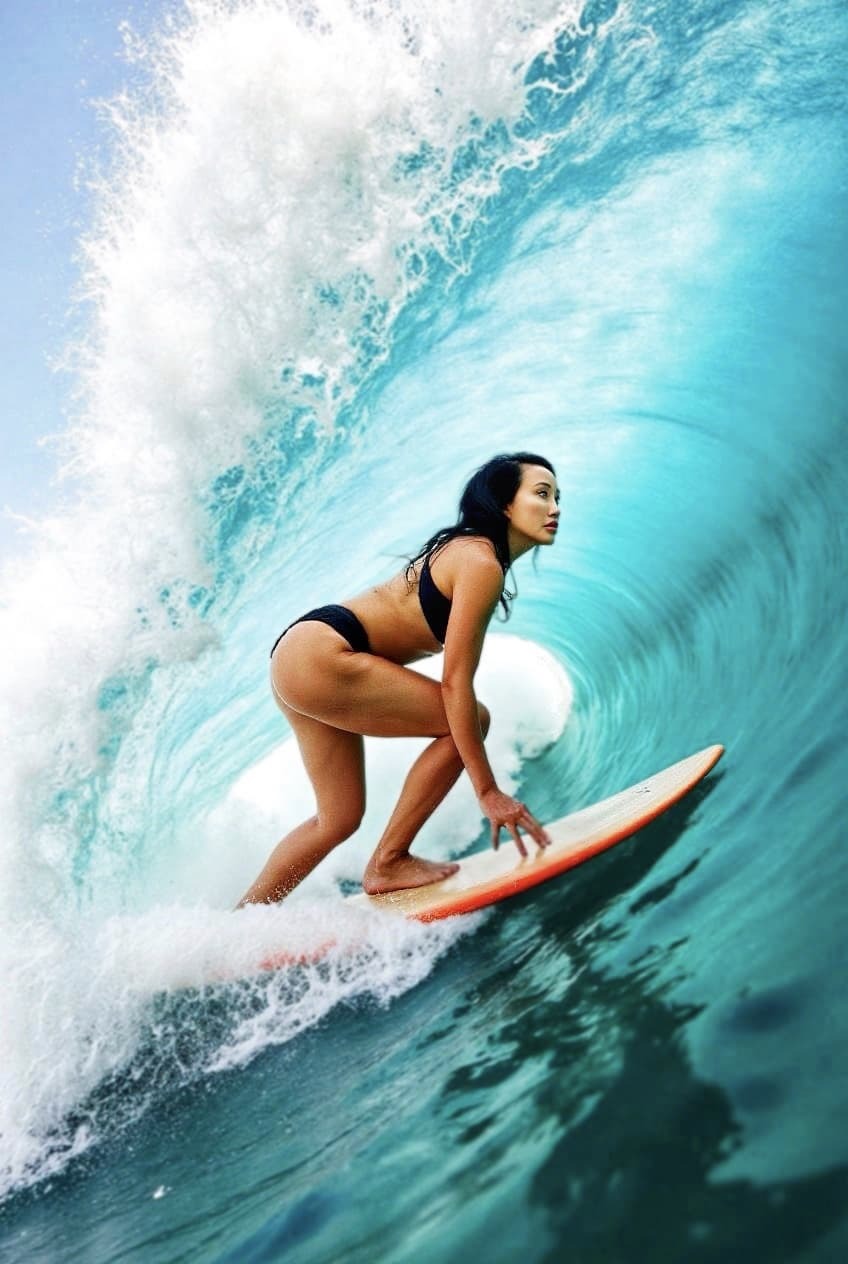
What are your top goals for the year ahead, both professionally and personally?
Personally, it’s about staying grounded as a single mom. I have two college-age daughters and a son in high school. I want to be their rock—cooking for them, sharing my refugee roots, and taking them on trips to Vietnam to understand our history. The 50th anniversary of the end of the Vietnam War is especially meaningful to us.
Professionally, it’s about scaling legacy projects.
• Carpe Noctum, my wine label from Sonoma Coast, is launching globally.
• Nosara Surf Resort in Costa Rica is breaking ground—a dream that fuses business, surfing, and soul.
I haven’t been asked to serve in government, but I’d be honored to serve America if asked. With Vietnam marking 50 years since the war and the U.S.-Vietnam Strategic Partnership hitting 30 years, I’d love to help build trade and tech bridges—surfing their coastlines while negotiating deals.
I’m also planning an art exhibit, possibly tied to the War Remnants Museum, showcasing modern works that reflect Vietnam’s scars and resilience. Legacy, for me, means blending storytelling, business, and healing.
Where do you see yourself in five years—and what kind of legacy are you building now?
In 2030, I’ll be 55. My daughters will be out of college, and my son may be launching his own gaming startup. I hope to split time between my vineyard home in Sonoma and my surf resort in Costa Rica.
I see myself in a diplomatic role, building bridges between the U.S. and Vietnam—not just through politics, but through trade, tech, and culture. Using my refugee roots and Trump-era pragmatism, I want to realign focus on prosperity instead of conflict.
Carpe Noctum, by then, will be a global label—a blend of French elegance and Vietnamese soul. My resort will be a family-friendly, soul-healing sanctuary that may expand to places like the Philippines or Indonesia. Guests will leave with memories—and maybe a bottle of wine.
The legacy I want? That I built something real—across borders, bottles, and beaches. I want my kids to inherit not just wealth, but a mindset: bold, connected, and unafraid.
If you could have dinner with any three women—living or historical—who would you invite, and what would you serve?
What a dream dinner! I’d invite:
• Queen Elizabeth I – The Virgin Queen who ruled with wit and wisdom.
• The Trung Sisters – Vietnamese warriors who rode elephants into battle.
• Joan of Arc – A teenage saint who changed history with her courage
The menu would be hearty and symbolic:
• Appetizer: Charcuterie board—cheeses, cured meats, and fruit.
• Main: Roasted duck with five spice and honey-ginger glaze.
• Dessert: Spiced apple tart.
• Drinks: Mead, bold red wine, and jasmine tea.
I’d ask them about the hardest decisions they ever made—Elizabeth rejecting marriage, Joan trusting her voices, the Trung Sisters defying an empire. The stories and energy at that table would be unforgettable.
Should I add Cleopatra? Or Catherine the Great?

